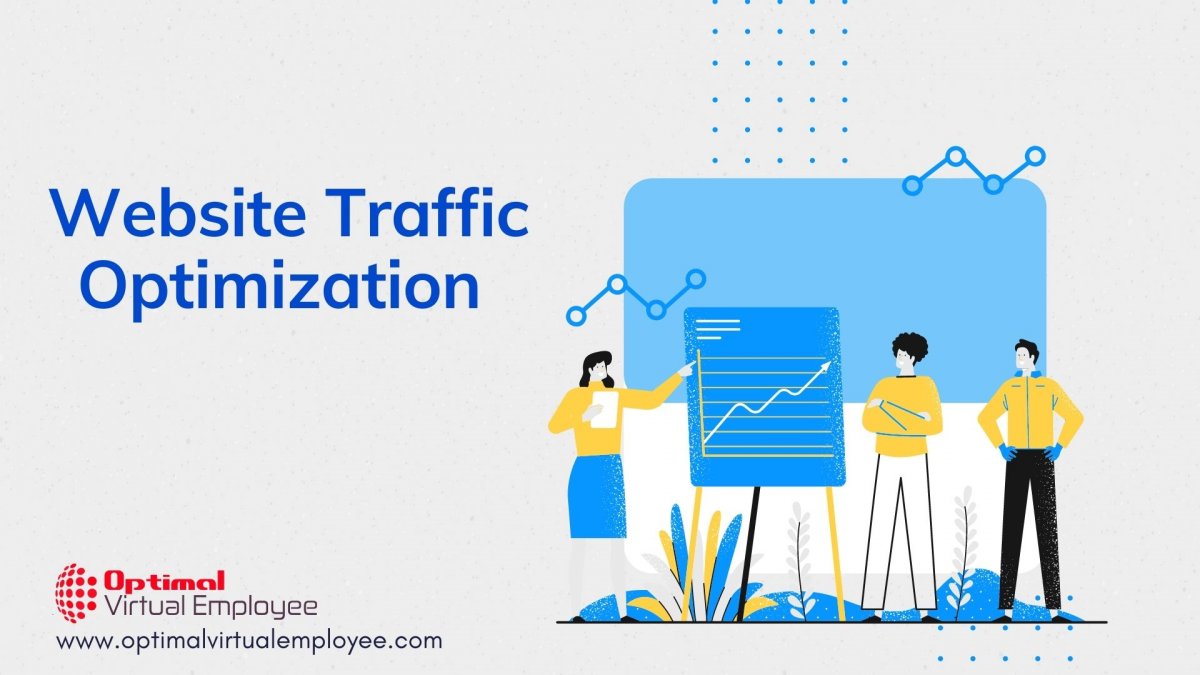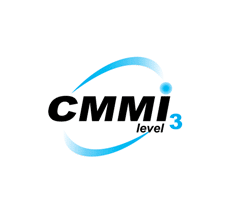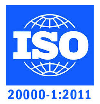Web traffic optimization through marketing is expensive. However, there are some web development tips and tricks up our sleeves that can help you drive more traffic to your website organically. More importantly, they won’t cost you anything extra; just a skilled web developer can do it for you.
Here, we spill the beans on how we optimize the websites we build. We teach you how to fetch maximum traffic from search engines without any additional cost to the clients.
The Secret Guide to Website Traffic Optimization with Web Development
- Go Mobile First We are a mobile-first generation. Is there any reason why our websites shouldn’t be built to meet the growing trends in mobile usage? In 2016, Google was first to announce its mobile-first index after it figured out that a large chunk of people used the search engine through a handset. That is why Google’s search engine ranking system transitioned its focus from desktop to mobile.
Now, Google’s algorithms primarily use the mobile version of a site’s content to rank pages from that website. Consequently, web developers need to build a mobile version of the websites they work on to have them rank on Google (for both mobile and desktop versions). A responsive mobile-optimized website stacked with mobile-friendly content can help you rank on SERPs.
Web development experts must ensure that all the pages of a website load well on a mobile device, and readers can read the content without having to zoom or scroll. It’s equally important to scale images when using a responsive design. They must also facilitate easy interactions with important CTA buttons through mobile screens.
-
- Focus on Core Web Vitals- Google announced a new ranking signal to improve the way it evaluates the overall experience provided by a webpage. Starting 2021, the new ‘Page Experience’ signal would combine core web vitals with leading page experience metrics like mobile-friendliness, HTTPs security, safe browsing and interstitial guidelines. Web development agencies need to create even more seamless web experiences across devices to help meet the user’s expectations. Core Web Vitals are essentially a set of metrics related to website speed, responsiveness and visual stability. Using intelligent tools like Search Console, PageSpeed Insights, Lighthouse, Chrome DevTools, and Chrome UX report can help businesses evaluate their page experience.
As a web developer, you must focus on the time it takes for your webpage’s main content to load, and ideally, it should be 2.5 seconds or less. Another thing to improve would be the time it takes for your webpage to become interactive which should be less than 100ms. Even the cumulative layout shift, i.e. the amount of unexpected layout shift of visual page content should be less than 0.1. Improving these core web vitals in combination with other user experience signals ensure websites win-win for users and SERPs alike.
- Use a Schema Mark-Up- Schema markup is unique code that can be added to a website. This particular code, or microdata, is nestled deep within web pages and content of a website and provides vital information to search engines and assists in site listing. Schema serves additional information that can get a website featured in rich snippets, a celebrated column on SERPs. Basically, Schema markups provide the microdata to a website that makes its structure more crawlable for search engines. This results in better search engine rankings and a traffic boost, improved click-throughs etc.
Web developers create a code with Google’s Structured Data Markup Helper. They choose the data type from the options provided and paste in their HTML source for the web page you want to mark up. Using the Start Tagging button, they then add schema markup data to the right sidebar by highlighting the information on the page. They finish the process by creating an HTML button. On clicking the Download button, they get access to the schema markup code which they copy and paste onto their website.
- Leverage Technical SEO- Technical SEO works to enhance website content, design, and code structure to aid search engines discover, crawl, and index the web pages. A successful technical SEO strategy can optimize the webpage’s performance and user experience across multiple devices. Not to mention, it adds to a website’s visibility and ranking within the SERPs and thus drives more organic traffic.
These strategic code-level improvements with regards to meta content, page performance, structured data, device compatibility, and digital accessibility can boost traffic for your website almost unrealistically. Expert web developers check for status code errors and set them right. It’s also essential to optimize the website for robot.txt for errors. You can also use google search console to fix your website indexing. Paying attention to minute details like duplicate title tags and meta descriptions also counts. Web developers must always prioritize fixing broken links and submitting an XML sitemap to Google via Google Search Console.
In the End
With Google’s ever-changing algorithms at play, website optimization is easier said than done. While the best of us assume that only well written, keyword-induced content is the key to SERPs; there is so much that needs to be taken care at web development level to ascertain website traffic. Invite more page views, get more traffic and increase conversions and eventually sales with these web development secrets to optimize website traffic organically.
Looking to hire web developers that can do all this and more?
Reach out to us today!









